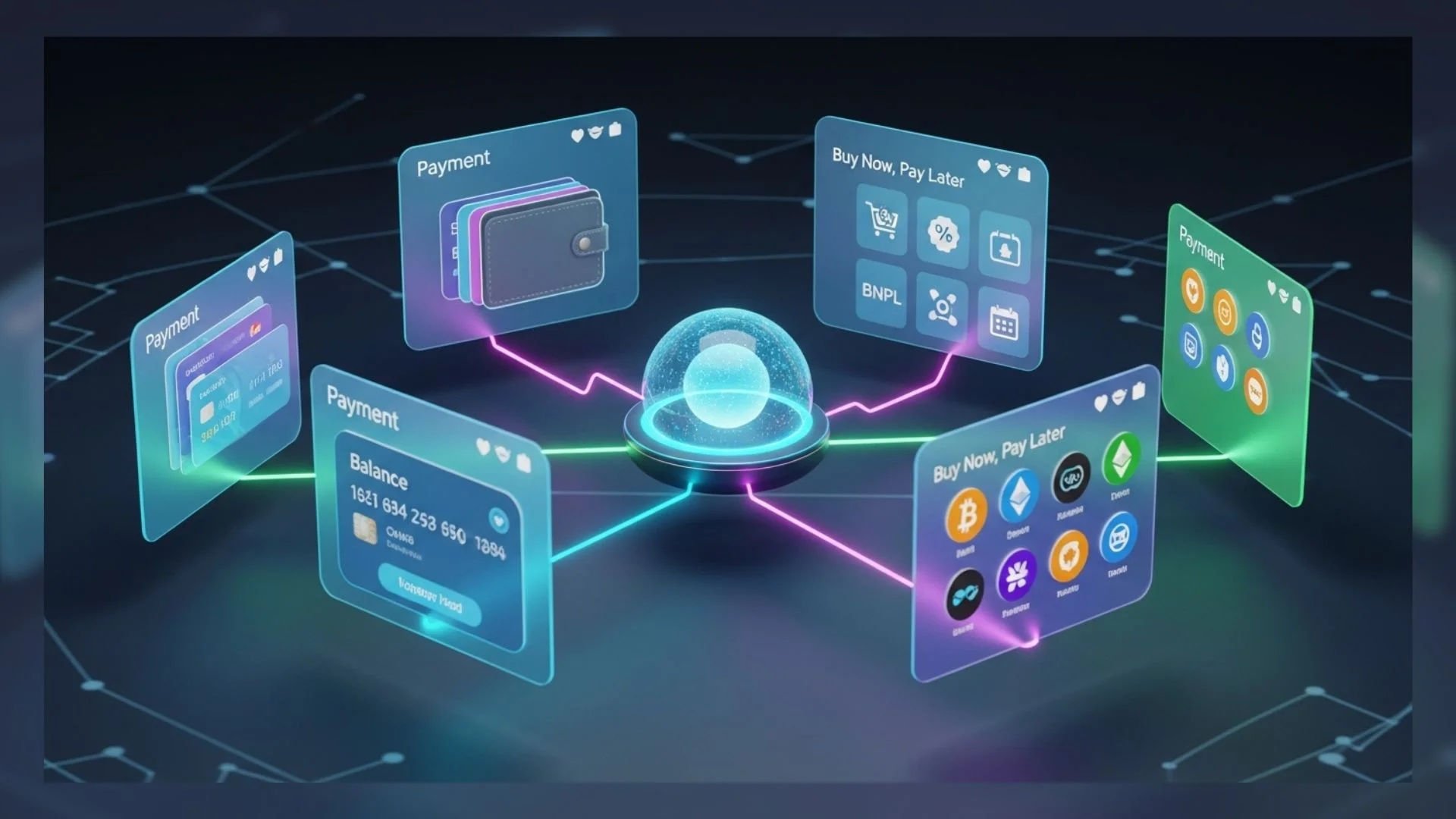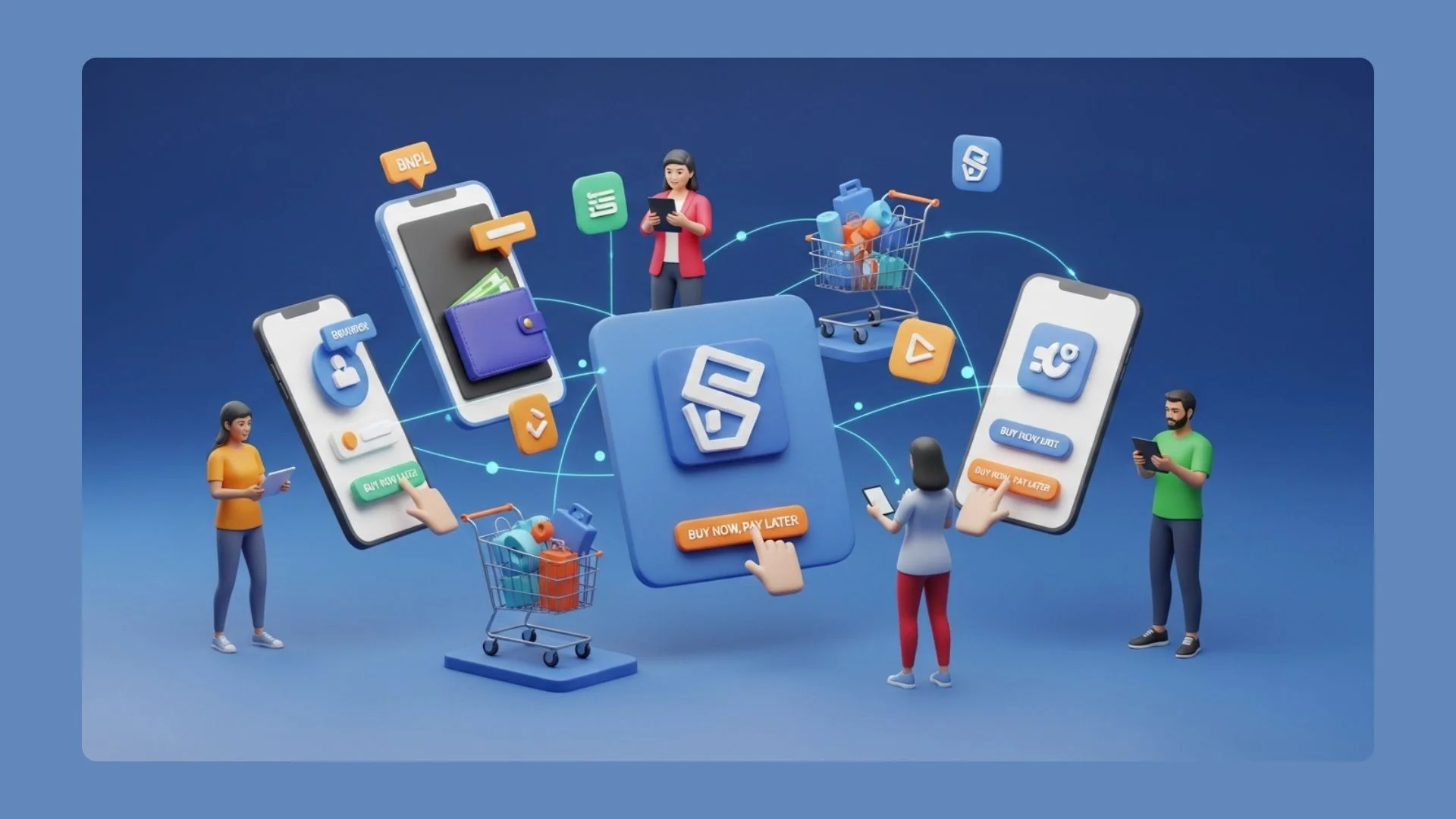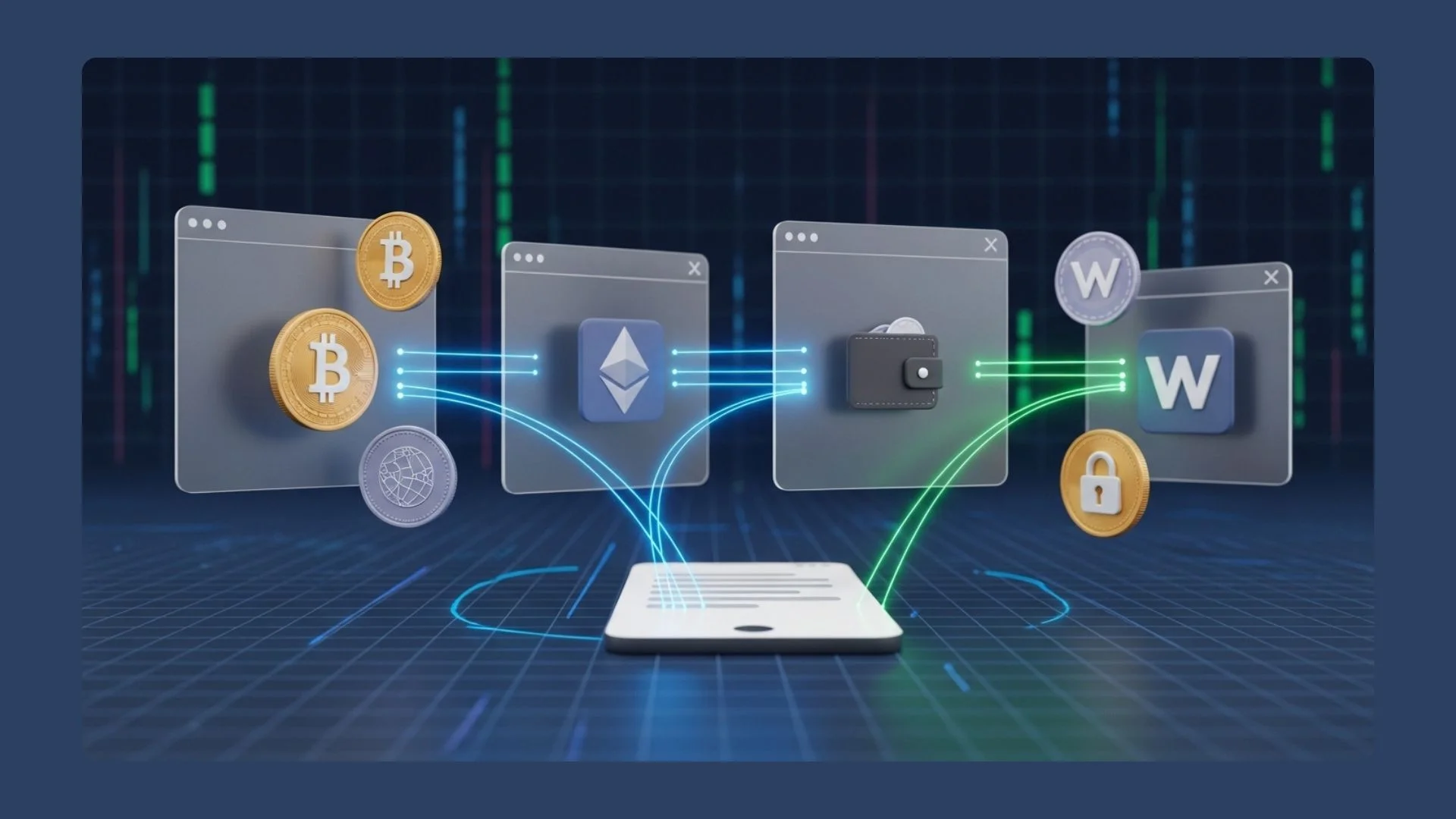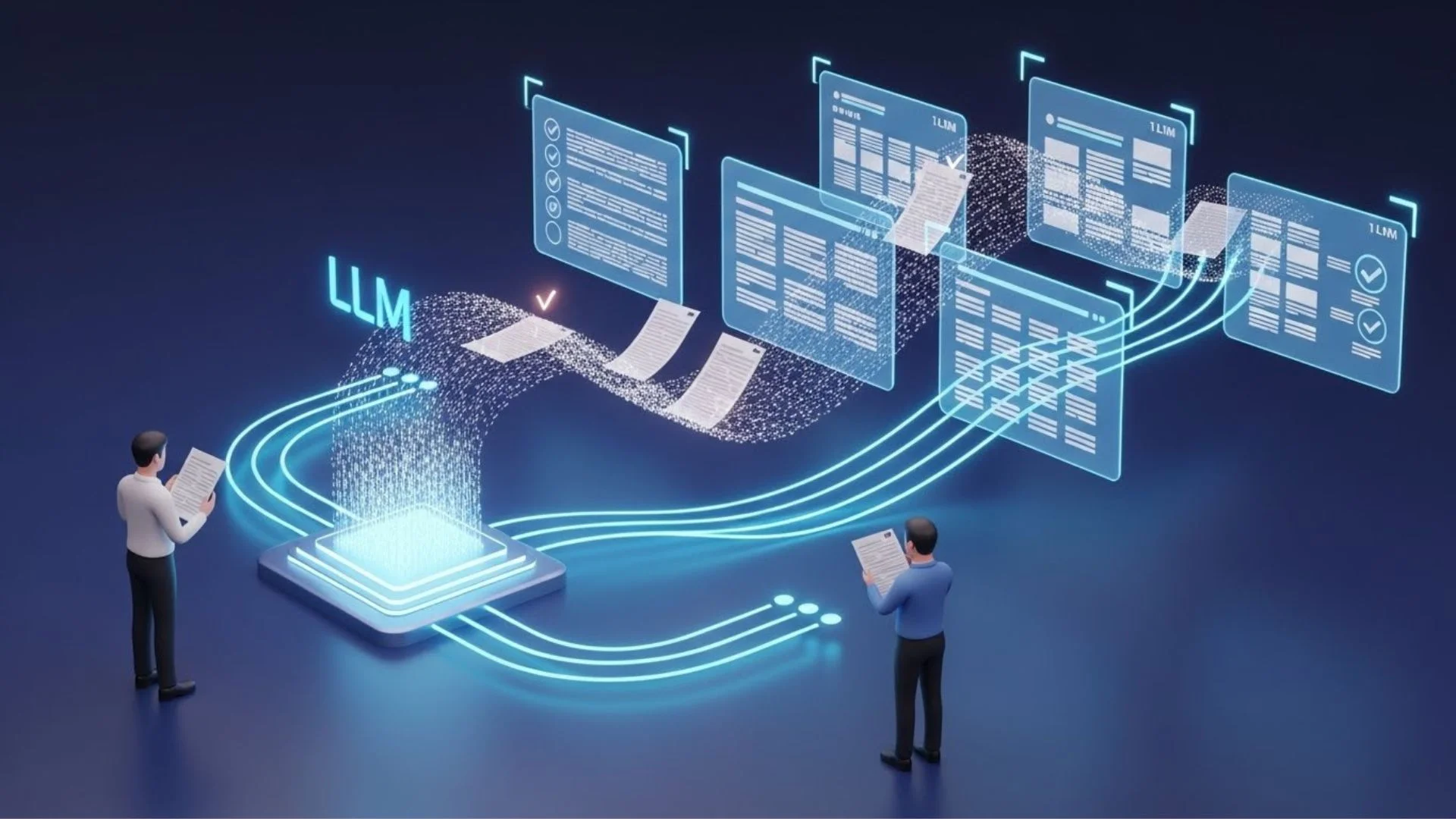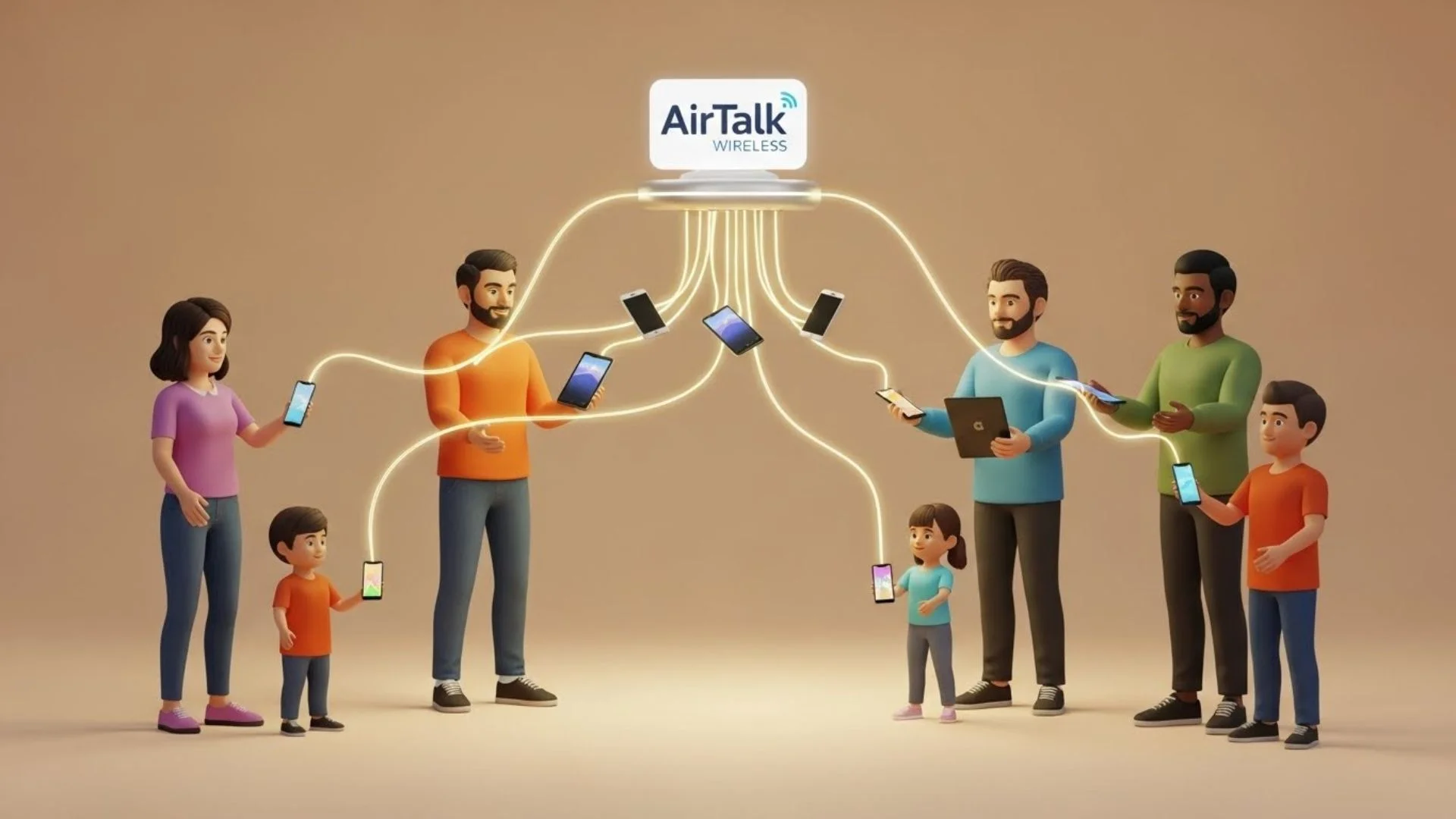Have you seen a difference in how people pay in apps? It looks like the change happened overnight, so you might have missed the transformation of in-app payments.
In a world where people want ease without danger, businesses are racing to provide it. This is why checkout pages that used to seem clunky are now being replaced by smooth, built-in payment flows. Digital wallets, Buy Now Pay Later (BNPL) systems, and even crypto connections have made it normal for apps to offer financial functions. The change is more than just technological; it’s also emotional. People want payment experiences to be as easy, safe, and personal as sending a message.
This article talks about digital wallets, BNPL, and cryptocurrencies, which are all part of the contemporary financial age. It explains why and how this transformation has happened and how app payments are expected to alter in the future.
Embedded Finance Becomes Mainstream
Embedded finance is a payment system that users can easily use because they are embedded into apps, avoiding the need to navigate to a separate site to complete the transaction. This form of finance is changing the way people pay for items in several crucial ways.
Apps Are Becoming Financial Ecosystems
Apps are no longer just tools for communication or shopping. They are becoming entire ecosystems that include banking, rewards, and fast credit. Streaming services, gaming platforms, and marketplaces are adding payment options to make things run more smoothly and build deeper relationships with customers.
Why Traditional Checkout Is Not Commonly Uses Anymore
- Users dislike having to keep switching screens or enter card details repeatedly.
- Developers want to keep users within the same app environment.
- Businesses benefit from reduced drop-off rates and faster conversions.
By weaving payments directly into user journeys, brands make transactions nearly invisible. That convenience builds habit and loyalty at the same time.
The Role of Trust
User trust still defines success. No matter how advanced your system is, people still won’t store card data in an app they don’t trust. This motivated developers to design transparent consent flows and use recognizable payment providers. The most successful in-app financial systems balance speed with psychological comfort.
The BNPL Boom and Consumer Behavior
The ability for customers to buy now and pay later (BNPL) has blown digital payment systems wide open. Users find it easier to pay and are buying more items than ever before through mobile ecosystems.
BNPL in Mobile Ecosystems
Buy Now Pay Later was successful because it met people where they already were: inside apps. So instead of sending users to complex forms, BNPL providers are now integrated directly with shopping carts and digital wallets. With one tap, users can pay for their items over several months or even years.
Financial Inclusion and Small Business Trends
BNPL isn’t only about convenience; it’s about access. Small businesses utilize it to get new customers who might not be able to get regular credit cards. Consumers in emerging markets use it to manage cash flow. As apps make this possible, digital finance becomes more inclusive than ever.
Regulation Shapes the Future
Governments and others that keep an eye on the money are stepping in to make sure things are clear. Rules now say that repayment conditions, interest rates, and user education must be clearer. Developers must bake compliance into their code instead of treating it as a legal afterthought.
Crypto and Digital Wallet Integration
Cryptocurrencies are a fairly new technology, but they have caught on fast, with customers now using them to purchase a variety of products using digital wallet integration.
Blockchain-Based Wallets in Apps
Crypto wallets are becoming more common nowadays. They’re being used directly in social, gaming, and e-commerce apps. Blockchain technology lets users own their assets outright by sending or receiving value with minimal fees.
Balancing Decentralization With UX Simplicity
The hardest part is making crypto easy to use. People want the benefits of decentralization, but they don’t want to have to deal with seed phrases or network fees. Now, developers are working on wallet interfaces that look and feel like ordinary payments to make things easier to understand.
Use Cases in Travel, Gaming, and Remittances
Travel apps enable people to pay with bitcoin all over the world without having to pay conversion costs. Gaming platforms use tokens as in-app currency for purchases or rewards. Remittance apps use blockchain to move money faster and at a lower cost. Crypto in apps is slowly bridging finance and lifestyle.
Developer Challenges and Compliance
One of the main areas developers must be mindful of is the challenges and compliance they will come across when building apps. The first of these involves security standards.
Managing Security Standards
Developers use several global standards.
- PCI DSS: Defines how credit card data must be protected.
- Tokenization: Replaces sensitive data with random identifiers.
- Encryption: Keeps personal and payment data unreadable in transit.
User Consent and Regulations
Consent is just as important as following the rules. Developers need clear permission systems that allow users to see what data is collected and why. Laws like GDPR and PSD2 in Europe require strong security and full transparency.
Balancing Compliance and Experience
Users can sometimes be scared away by too much security friction. Inviting too few people is risky. The trick is to find a balance between safety and speed so that people feel safe, not watched. Apps that can keep this balance win both trust and sales.
Cleaner App Experiences and Privacy Tools
Design trends now lean toward minimalism. Cluttered payment pages filled with banners or pop-ups are being replaced by cleaner, ad-free designs. A simple layout creates psychological calm during financial actions, where focus matters most.
Just as users rely on an Adblocker for Chrome to remove distractions, app designers are focusing on seamless payment flows free from visual clutter. This not only makes shopping faster, but it also makes them feel safer and more private. When you add subtle design choices, like spacing, colors, and animations, this can make a user more confident to click “Pay Now.”
Conclusion
Nowadays, in-app payments are required, not just an option. Wallets, BNPL, and cryptocurrencies have turned any app into a financial platform. Developers who put trust, openness, and ease of use first are shaping the future of digital transactions. As embedded finance becomes more common, the best payment experience will feel almost invisible, safe, fast, and exactly what the user expects. Apps that get this right will shape the way people pay in the future. the nandbox App Builder is a unique platform that lets developers make apps with honesty, openness, and user trust at the heart of their work. nandbox protects sensitive data with strong encryption, reliable hosting, and design principles that follow the law. Its infrastructure is safe and focused on privacy. Its no-code environment lets organizations add ethical features like collecting data with user consent, designing for users, and being open about communication without making things too complicated.
